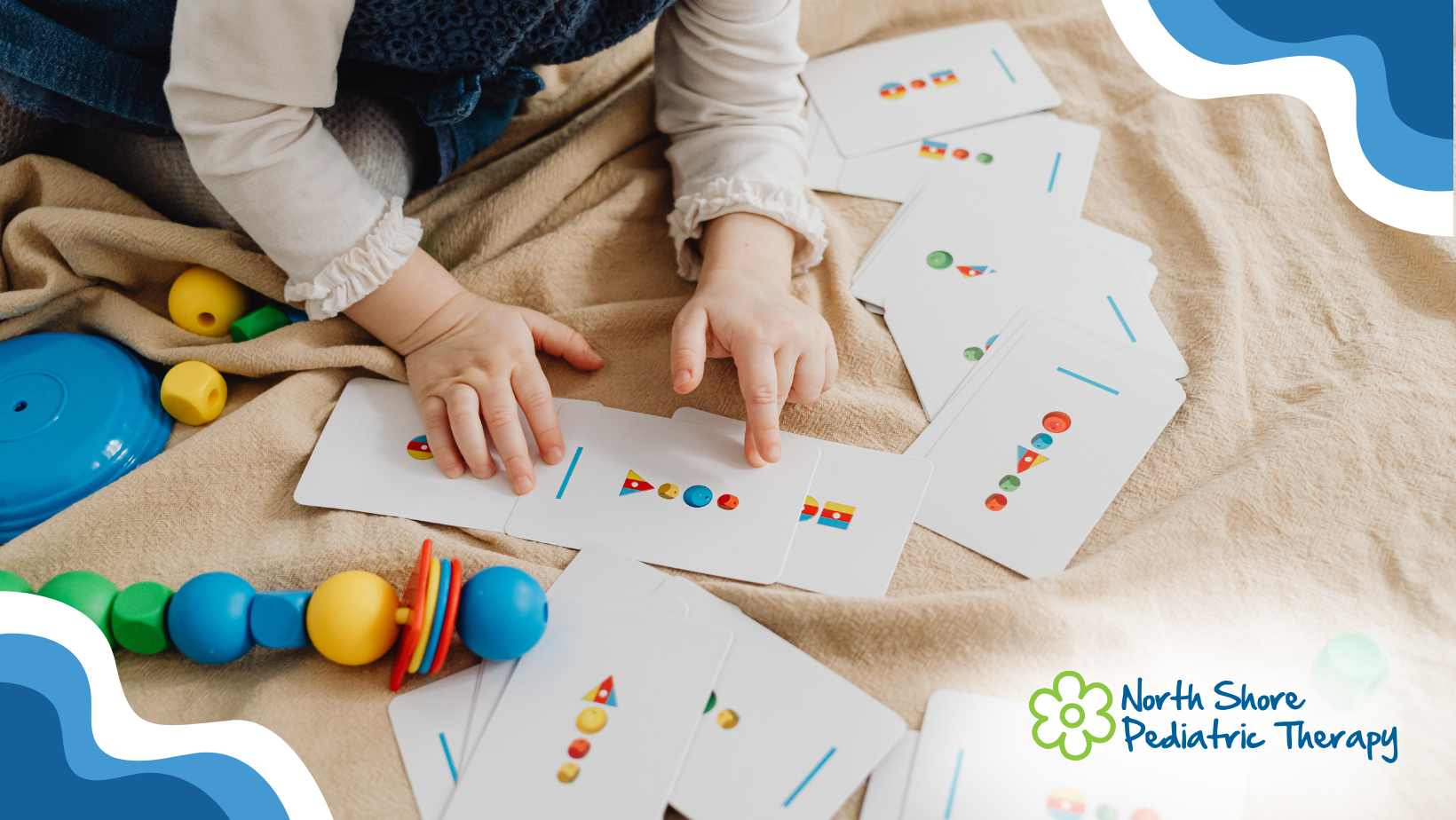WHAT IS AN INTRAVERBAL?
Intraverbals are a type of verbal behavior and involve much of our day-to-day language, such as emitting words, phrases, and sentences that are in response to the words, phrases, and sentences of others. An intraverbal allows children to answer questions, discuss items that aren’t present and are an essential part of conversations and social interactions. In other words, intraverbals are our basic conversational skills. This term is most commonly used in ABA therapy. Intraverbals are often taught using fill in the blank phrases and WH-questions. After these skills are explicitly taught, the goal is for the child to be able to answer any novel questions, and be a part of natural conversations/use authentic language. Intraverbals are often considered more complex verbal behavior, as compared to requesting, labeling, and receptive identification.
How To Teach An Intraverbal:
- Fill-in-the-blank Statements
- Songs: “Twinkle twinkle little….” (star)
- Animal noises: “A cat says….” (meow)
- Functional: “You sleep in a….” (bed)
- Questions
- Who, What, When, Where, Why questions (specifically taught at first, i.e. “Who do you see when you’re sick?” (doctor), “When do you eat breakfast?” (morning) etc.
- Personal questions (i.e. “How old are you?”)
- Natural WH-questions
- First taught in a more systematic way, such as setting up scenarios for the child to ask WH-questions of peers or adults, i.e. adult hides something in a box so the child will be motivated to ask, “What is that?” or adult introduces child to a novel peer, and child will need to ask “What’s your name?”
Reinforcing the child when they ask natural questions to increase the likelihood that they will increase this behavior (i.e. “I love how you asked Johnny how old he was!”)















